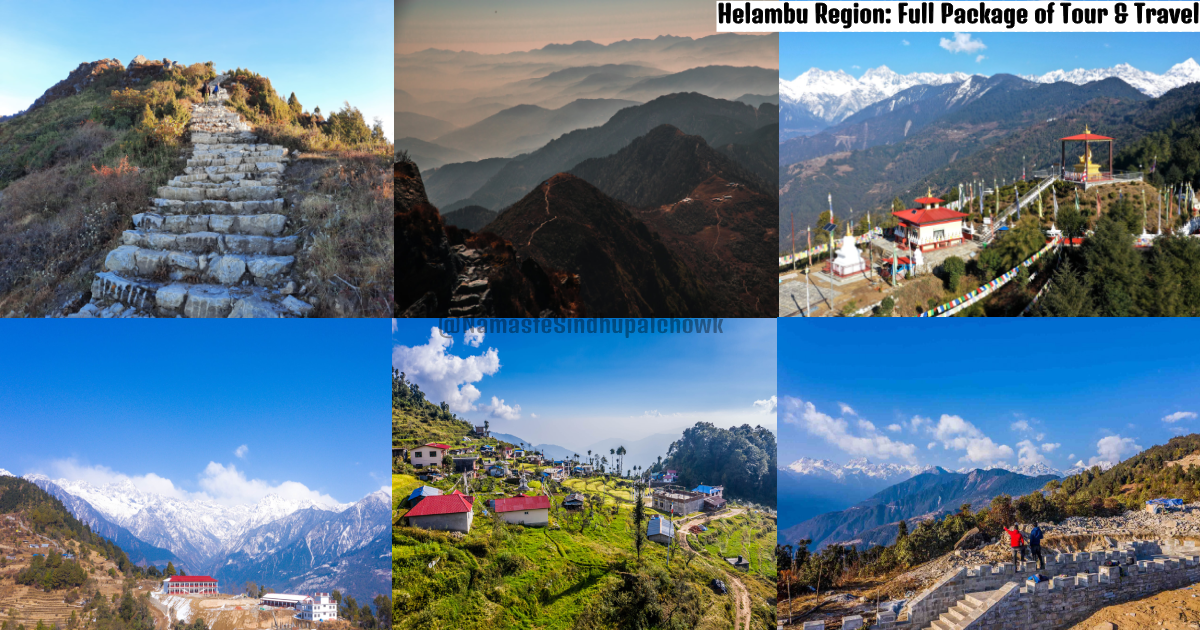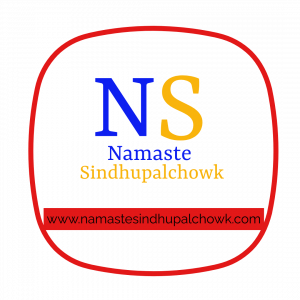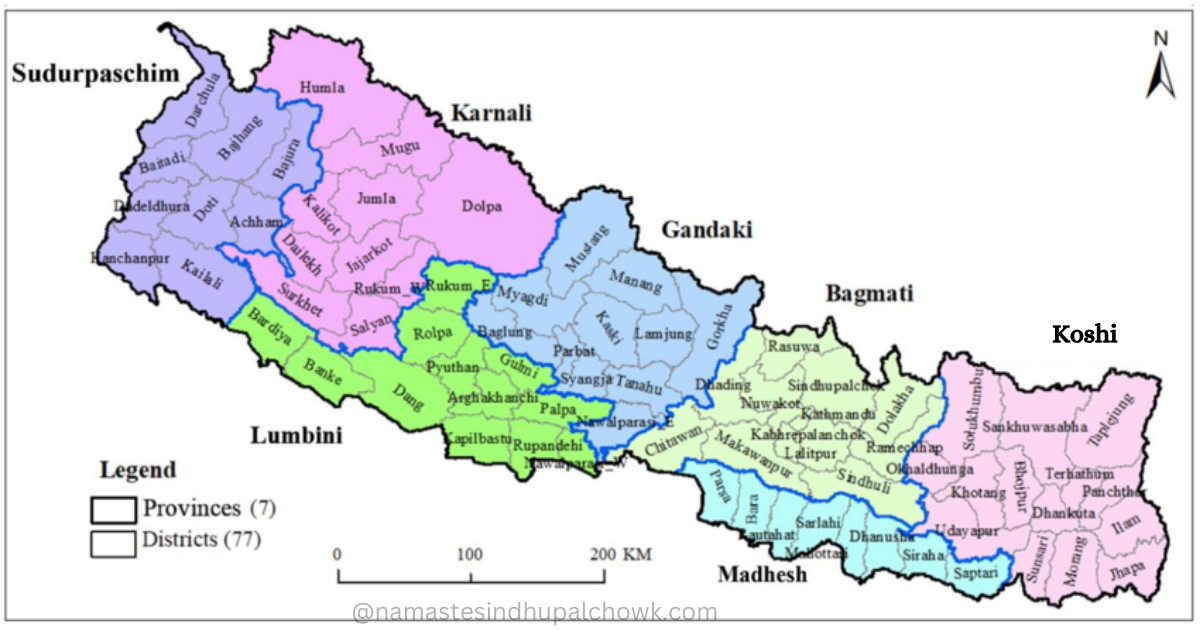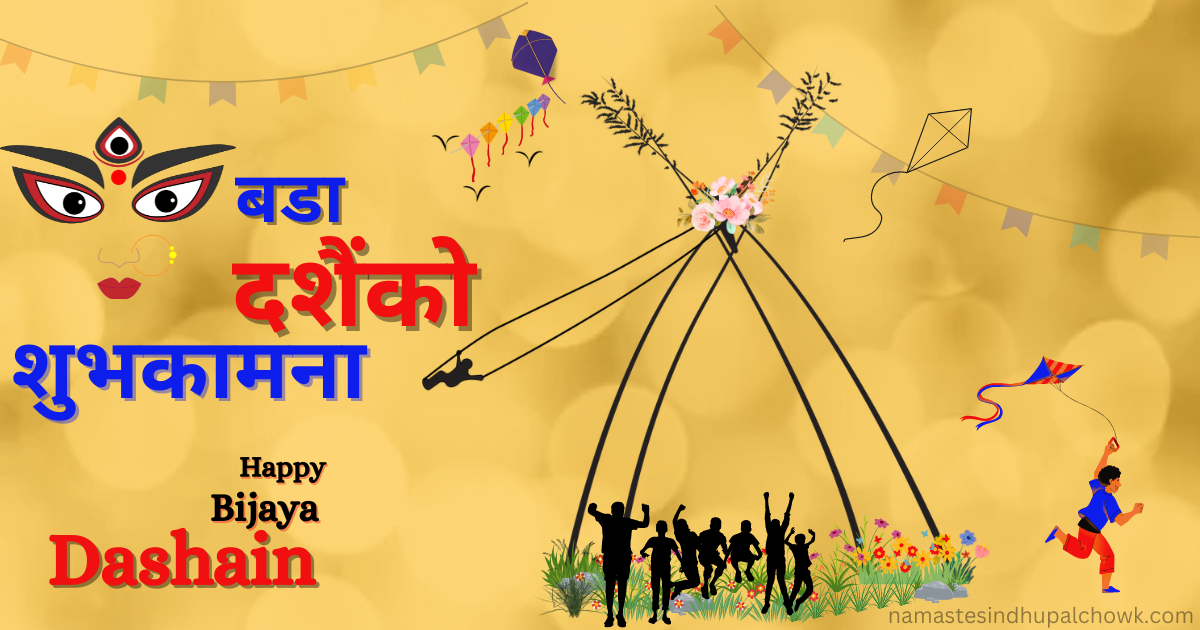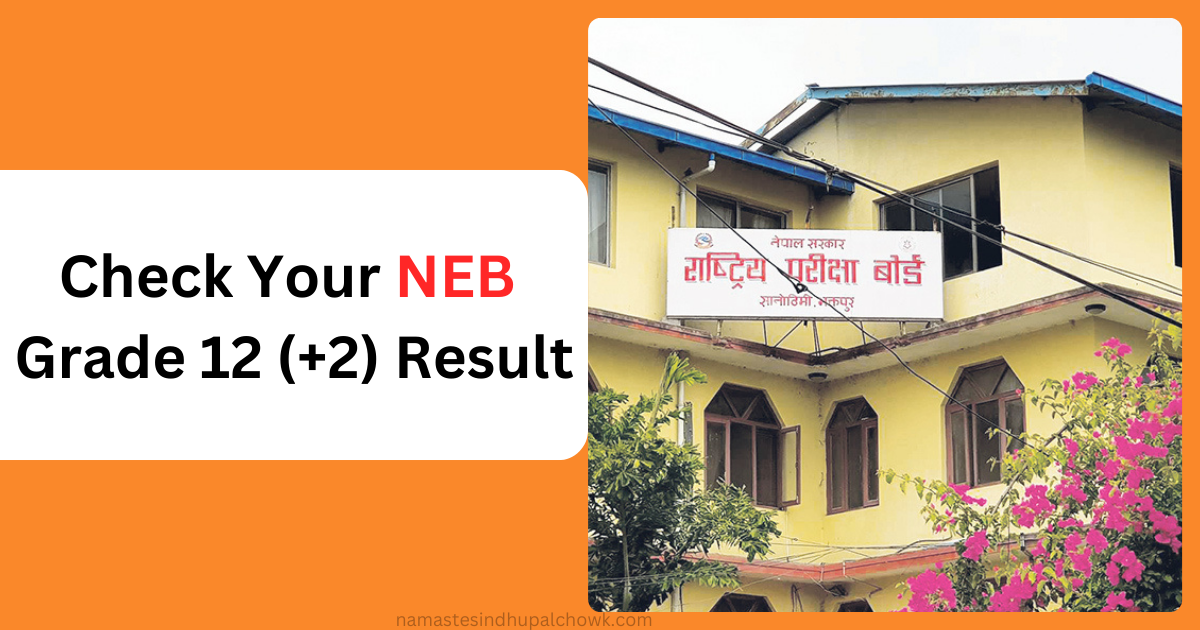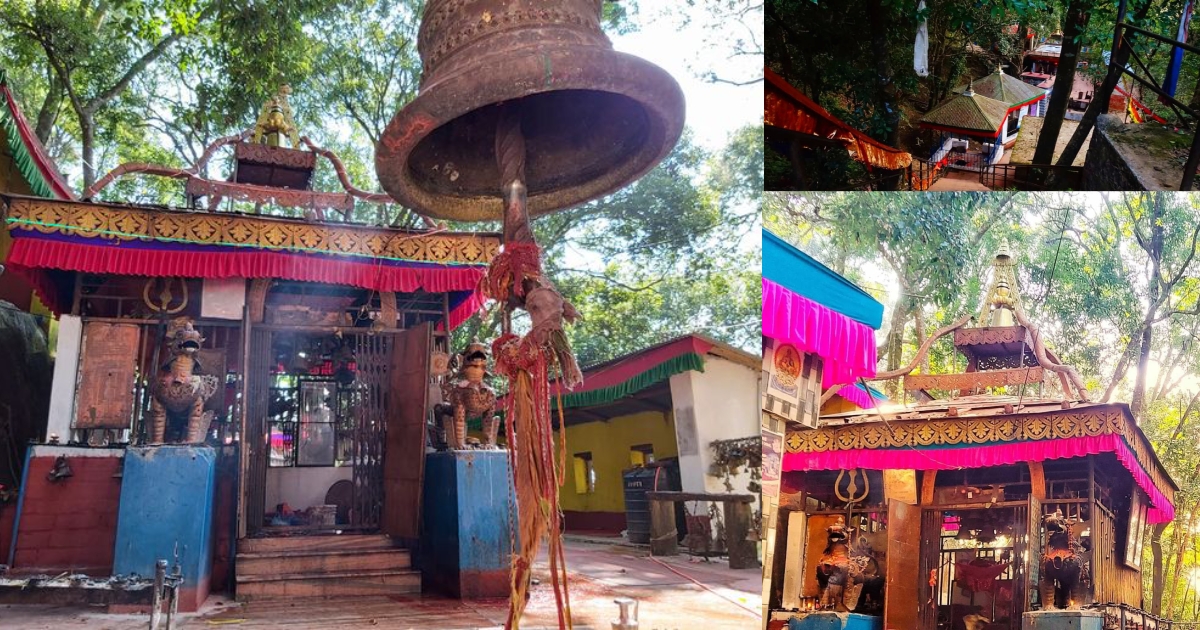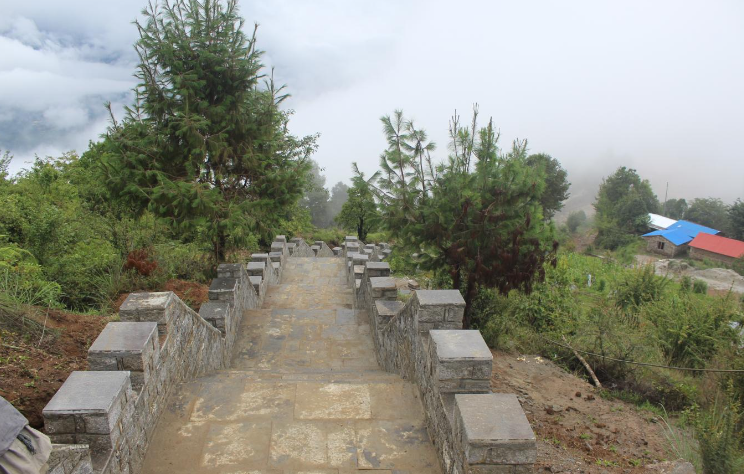The Helambu Region is a scenic and culturally rich area that offers breathtaking mountain views, charming villages, and a chance to experience the unique culture of the Sherpa, and Hyolmo people. It lies in Sindhupalchowk District, the central part of Nepal. And, It Situates about 72 kilometres northeast of Kathmandu, the capital city of Nepal. Helambu is a popular trekking destination for both domestic and international tourists. It is the home of Hyolmo. Really, Helambu is diversified & rich in Cultural, Community, Geographical, and many aspects.
One of the highlights of the Helambu region is its stunning natural beauty. The area is blessed with verdant forests, rice terraces, multi-tiered waterfalls and snow-capped peaks forming a picturesque setting. The Langtang Mountains, including Langtang Lirung (7,227 metres), offer a breathtaking panorama for hikers. Trekking routes in Helambu are relatively easier than other popular trekking routes in Nepal. It makes them suitable for hikers of different skill levels. Similarly, Trails pass through scenic spots and traditional Sherpa villages, allowing hikers to soak up the local culture. The area is home to the communities of Sherpa, Tamang and Yolmo. They have preserved their way of life and traditional practices over the centuries.
Trek at Helambu Region
The trek usually begins from Sundarijal or Melamchi Pul Bazaar, depending on the chosen route. As trekkers ascend through the trails, they encounter several picturesque villages such as Chisapani, Kutumsang, Thadepati, and Sermathang. These villages provide an opportunity to interact with the warm and hospitable locals, observe their daily activities, and gain insights into their unique customs and traditions. Besides the cultural and natural attractions, Helambu is also known for its rich biodiversity. The region falls within the Langtang National Park, a protected area renowned for its diverse flora and fauna. Trekkers may come across various species of birds. During the trekking, Trekkers can observe the national bird of Nepal, the Danphe (Himalayan Monal), as well as mammals like red pandas, musk deer, and Himalayan black bears.

During the trek, teahouses are available along the route, providing accommodation and basic meals for hikers. These teahouses offer the chance to rest, rejuvenate and enjoy local delicacies like dal Bhat (lentil soup with rice) and momo (dumplings). The Helambu Region in Nepal is a treasure trove for nature enthusiasts and culture aficionados alike. Moreover, its scenic landscapes, vibrant Sherpa villages, and close proximity to Kathmandu make it an ideal destination. Furthermore, it offers a rewarding trekking experience and a glimpse into the rich tapestry of Nepalese culture. Whether you are a seasoned trekker or a first-time adventurer, Helambu is sure to leave you with unforgettable memories of the majestic Himalayas and the warmth of its people. In conclusion, Helambu is a must-visit destination that guarantees an enriching and memorable experience.
Historic Aspect of Helambu
Helambu region has been home to Sherpa, Tamang, and Yolmo communities. They have inhabited these lands for generations. The Sherpa people have made significant contributions to the field of mountaineering. They actively participated in expeditions to summit different Mounts.
In the past, the region served as a crucial trade route connecting Nepal with Tibet. The people of Helambu actively engaged in trade activities. Similarly, They actively transport goods and supplies between the two regions. This trade route played a vital role in fostering cultural exchange between Nepal and Tibet. And, shaping local traditions, language, and way of life.
Moreover, the area holds great religious and spiritual significance with numerous monasteries and gompas. So, Helambu has functioned as an important centre for Buddhist practice and learning. These monasteries have actively contributed to preserving and propagating Buddhist teachings in the region.
Additionally, Helambu has been deeply affected by the Langtang Valley tragedy in 2015. A devastating earthquake triggered a massive avalanche that swept through the Langtang Valley. Due to this, significant loss of life and infrastructure damage. The tragedy profoundly impacted the local communities, prompting concerted efforts to rebuild and revitalize the region.
Although historical records may be limited, the Sherpa, Tamang, and Yolmo communities in Helambu continue to cherish and celebrate their cultural heritage and traditions. The region's history is intricately woven into its unique cultural tapestry. It is shaped by the influence of trade routes, and its pivotal role as a gateway to the Himalayas.
Place to visit in Helambu Region
The Helambu Region offers several places to visit that showcase its natural beauty, cultural heritage, and spiritual significance. Here are some notable places to visit in the Helambu Region.
Chisapani
Chisapani is a picturesque village located at an altitude of 2,165 meters. It offers stunning views of the Himalayas, including Langtang Lirung and Ganesh Himal. It is a popular starting point for treks in the Helambu Region. And, It is known for its panoramic sunrise and sunset views.
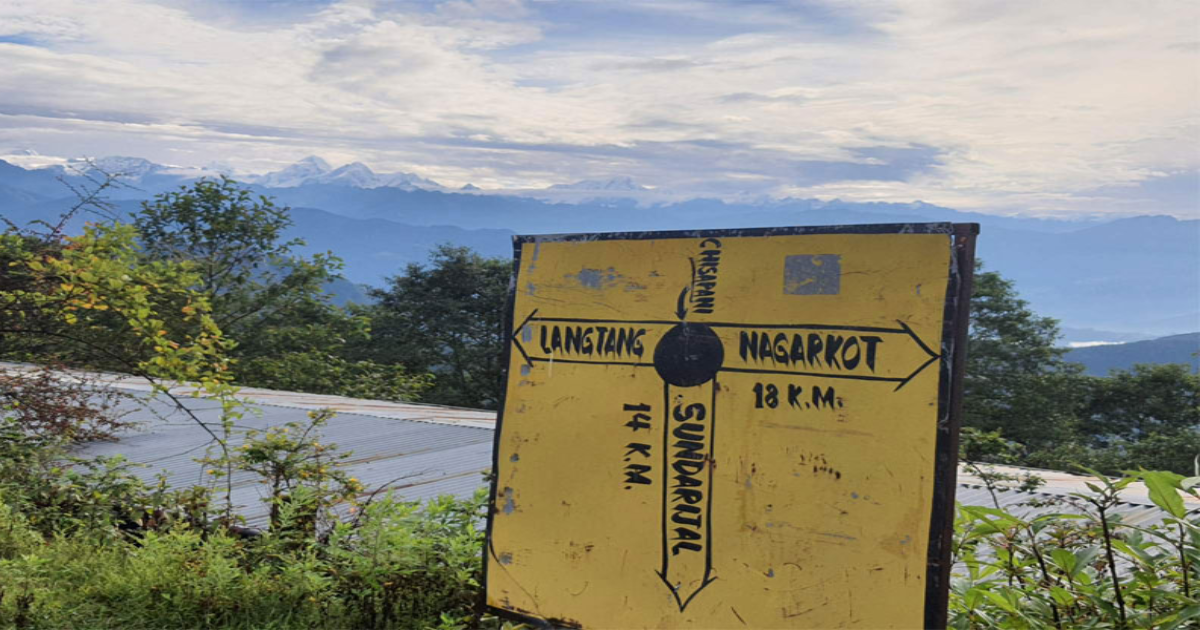
Kutumsang
Situated at an elevation of 2,470 meters, Kutumsang is a beautiful village. It knows for its terraced fields and traditional houses. It offers mesmerizing views of the mountains. And, It is a perfect place to experience the local Sherpa, Hyolmo, and Tamang cultures.
Sermathang
Sermathang is a charming Sherpa village. It knows for its traditional houses, friendly locals, and breathtaking views of the Himalayas. It is located at an elevation of 2,610 meters. And, provides an opportunity to immerse yourself in the local culture and witness the traditional lifestyle of the organic community.
Tarke Gyang
Tarke Gyang is a major village in the Helambu Region. And, It is home to the largest monastery in the area, Tarke Gyang Monastery. This monastery holds significant religious importance and attracts both locals and tourists. The village also offers panoramic mountain views and the beauty of nature. It offers the chance to experience the local Hyolmo cultures.
Thadepati
Thadepati is a scenic location at an altitude of 3,690 meters. And, offers panoramic views of the Langtang and Jugal mountain ranges. It is a popular stopover for trekkers on the way to Gosainkunda. It provides a serene environment surrounded by alpine forests.
Melamchi Gaon
Melamchi Gaon is a picturesque village. It situates at an altitude of 2,530 meters. It knows for its cultural heritage and hosts several Buddhist monasteries and gompas. Visitors can explore these spiritual sites, interact with the monks, and witness Buddhist rituals.
Ama Yangri Peak
Yangri Peak is a popular hiking destination in the Helambu Region. Located at an altitude of 3,700 meters, it offers panoramic views of the surrounding mountains and valleys. Hiking to Yangri Peak provides a thrilling adventure and a chance to witness the natural beauty of the region.
Khani Gaon
Khani Gaon is a charming village in the Helambu Region. It offers panoramic views of the mountains and lush green landscapes. The village knows for its cultural heritage, traditional houses, and the warm hospitality of the locals. It provides an authentic experience of rural life in the Himalayas.
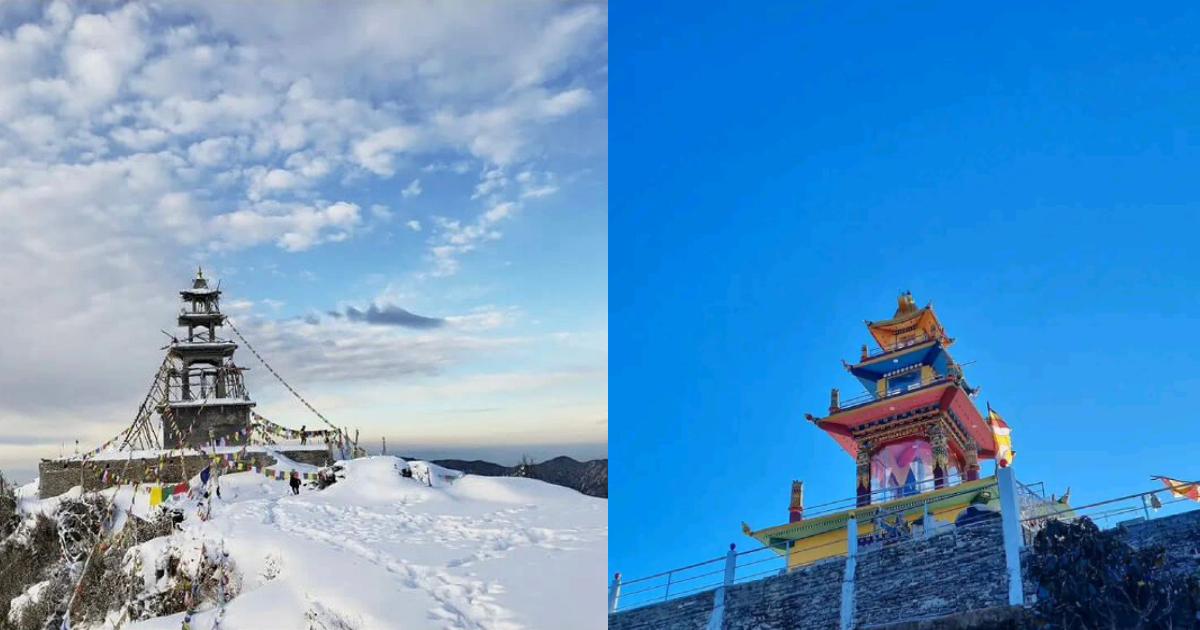
Shivapuri Nagarjun National Park
Situated close to the Helambu Region, Shivapuri Nagarjun National Park is a protected area. It knows for its diverse flora and fauna. You can explore the park's trails, and go for nature walks. Similarly, You can observe wildlife such as deer, monkeys, and various bird species. The park also offers panoramic views of the Kathmandu Valley.
Gosaikunda through Helambu, Indrawati River, Kakani, Melamchi Pul Bazar, Bhotechaur, Palchoki, Haibung etc. are the places to visit in the Helambu region. You can explore all kinds of tourism like adventure, recreational, cultural etc. in Helambu.
Things To do in Helambu Region
The Helambu Region offers a range of activities and experiences for visitors. Here are some activities that can do in the Helambu Region:
Trekking
The Helambu Region is known for its trekking routes that take you through beautiful landscapes, charming villages, and stunning mountain views. You can embark on treks of varying durations, such as the Helambu Trek, Langtang Valley Trek, or Gosainkunda Trek. It is depending on your preferences and time constraints.
Explore local Culture & Villages
The region is home to Tamang, Hyolmo, and Sherpa villages. You can immerse yourself in the local culture and traditions. Visit villages like Chisapani, Kutumsang, Thadepati, and Sermathang to interact with the friendly locals, and witness their daily way of life. And, gain insights into their unique custom.
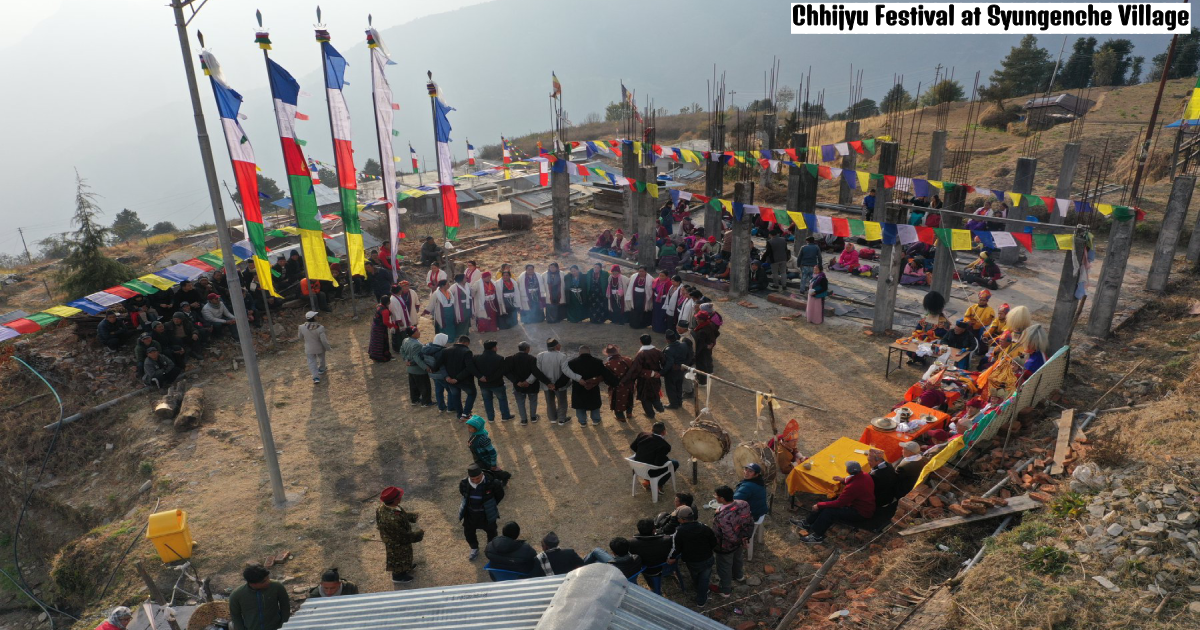
Experience Local Cuisine
Indulge in the traditional Nepalese cuisine while visiting the teahouses along the trekking route. Try local dishes like dal Bhat (lentil soup with rice), momo (dumplings), Thukpa (noodle soup), and Chhyang (local millet beer) to savour the flavours of the region.
Visit Monasteries
The Helambu Region has numerous monasteries and gompas (Buddhist temples). These provide a serene and spiritual atmosphere. Explore monasteries such as the Kyanjin Gompa, Tarkheghyang Monastery, and Sermathang Monastery, where you can observe Buddhist rituals, meditate, and learn about Buddhist philosophy.
Enjoy Scenic Views
The region offers breathtaking panoramic views of snow-capped mountains. You can observe Langtang Lirung, Dorje Lagpa and other peaks of the Langtang, Jugal Range. Trek to vantage points like Chisapani, Thadepati, and Laurebina Pass to witness stunning sunrise and sunset views over the Himalayas.
Witness Local Festivals
If your visit coincides with the local festivals, such as Losar (New Year) or Janai Purnima, you can witness the vibrant celebrations and traditional rituals performed by the local communities. It's a great opportunity to experience the rich cultural heritage of the region.
In Addition, you can enjoy with photography, short trail hiking, local product, camping activities in the Helambu Region.
Weather of Helambu Region
The weather in the Helambu region of Nepal is influenced by its altitude and proximity to the Himalayas. Generally, the region experiences four distinct seasons:
Spring (March to May): During this season, the weather gradually warms up, with average daytime temperatures ranging from 15 to 25 degrees Celsius (59 to 77 degrees Fahrenheit). It is considered a favourable time for trekking, with clear skies and pleasant conditions.
Summer/Monsoon (June to August): The region receives a significant amount of rainfall, especially during July and August. The temperatures during this time range from 20 to 30 degrees Celsius (68 to 86 degrees Fahrenheit). The trails can be muddy and slippery, and there may be occasional leeches. Trekking during this season requires good rain gear and precautions.
Autumn (September to November): The weather is dry, and the skies are usually clear, offering excellent visibility of the surrounding mountain ranges. The temperatures are comfortable, with daytime temperatures averaging between 15 and 25 degrees Celsius (59 to 77 degrees Fahrenheit). The autumn season attracts a large number of trekkers and offers stunning views of the colourful landscapes.
Winter (December to February): The temperatures can drop below freezing, particularly during the night and early morning. Daytime temperatures range from 5 to 15 degrees Celsius (41 to 59 degrees Fahrenheit). The higher elevations may experience snowfall, adding a beautiful touch to the landscapes. Winter trekking in Helambu requires proper cold-weather gear and precautions.
Best Season to visit Helambu Region
The best season to visit the Helambu region generally considered to be autumn (September to November) and spring (March to May).
Autumn (September to November): This season has stable weather conditions, clear skies and mild temperatures, making it an ideal time for trekking in the Helambu region. The days are pleasant, with temperatures averaging 15 to 25 degrees Celsius (59 to 77 degrees Fahrenheit). The sky is usually clear blue, offering stunning views of the surrounding mountains, including the Langtang and Jugal Himal ranges. Autumn is also a popular time for cultural festivals in Nepal, such as Dashain and Tihar, which add to the vibrant atmosphere.
Spring (March to May): Spring is another favourable season to visit the Helambu region. Meanwhile, the landscape comes to life with vibrant flowers, especially azaleas in full bloom. Temperatures are slowly starting to warm up, and the weather remains pleasant, with daytime highs between 15 and 25 degrees Celsius (59 to 77 degrees Fahrenheit). Spring is a great time to hike through the woods and offers clear views of the mountains before the monsoon season. It should be noted that April is a popular month for Everest Base Camp treks, which can lead to more crowded trails.
Winter (December to February) brings colder temperatures and occasional snowfall, making it suitable for those who enjoy snowy landscapes and fewer crowds. Summer/Monsoon (June to August) is the rainy season, and trekking during this time can be challenging due to muddy trails and limited mountain views, but it can offer a unique experience for adventure seekers. the best season to visit the Helambu region depends on your preferences, the type of experience you seek, and your tolerance for weather conditions.
